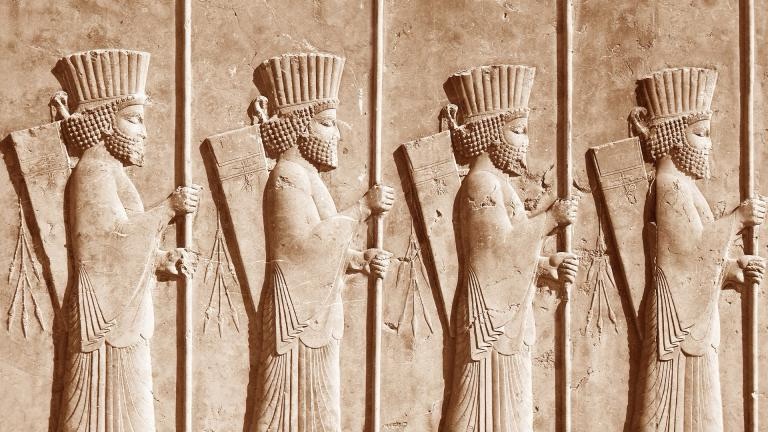Throughout history, empires like the Roman, Persian, British, and Mongol have shaped the world, influencing the social, political, and economic lives of billions. Often linked with tyranny, violence, and oppression, empires hold a controversial place in history, having produced influential figures like Genghis Khan, Caesar Augustus, and Cyrus the Great. The fall of empires frequently marks major shifts in global power. But which were the largest empires?
Measuring Empire Size
Empires can be ranked in different ways, leading to varying lists. The most common criteria are landmass, population, and longevity. If ranked by landmass, the British Empire leads, covering 26.35% of the world in 1920. By duration, the Roman Empire may rank highest. However, this list is based on the population ruled at each empire’s peak, showing their global reach relative to the world’s population at the time.
1. Persian Empire (550 BC–330 BC)
The Achaemenid Empire, founded by Cyrus the Great in ancient Iran, was one of the first global powers, controlling Central Asia, the Mediterranean, North Africa, and parts of Europe. At its peak in 480 BC, it ruled about 44% of the world’s population.
2. Mongol Empire (1206-1368)
Established by Genghis Khan, the Mongol Empire spanned from Eastern Europe to India and beyond. In terms of landmass, it was the largest contiguous empire, covering nine million square miles. At its height in 1290, it governed 31% of the global population.
3. Roman Empire (625 BC–AD 476)
The Roman Empire, spanning periods of kings, republic, and imperial rule, influenced vast areas of Europe, North Africa, and Western Asia. In 150 AD, it ruled over 30% of the world’s population and left lasting marks on art, law, and technology.
4. Mughal Empire (1526–1857)
Founded by Babur, the Mughal Empire ruled much of South Asia, including northern Afghanistan, Bangladesh, and parts of India. In 1700, it governed 24% of the global population before being overtaken by the British Empire.
5. British Empire (1707–1981)
By most measures, the British Empire is considered the largest in history, reaching its peak in the 19th and early 20th centuries. In 1920, it ruled over 412 million people, or 23% of the world’s population.
Empire vs. Dynasty
It’s important to distinguish empires from dynasties. For instance, the Qing Dynasty (1644–1911) ruled 37% of the global population in its prime, while the Northern Song Dynasty (960–1127) governed 32% in 1111. The Western Han Dynasty (202 BC–9 AD; 25–220 AD) also covered 32% of the population around 1 AD.
